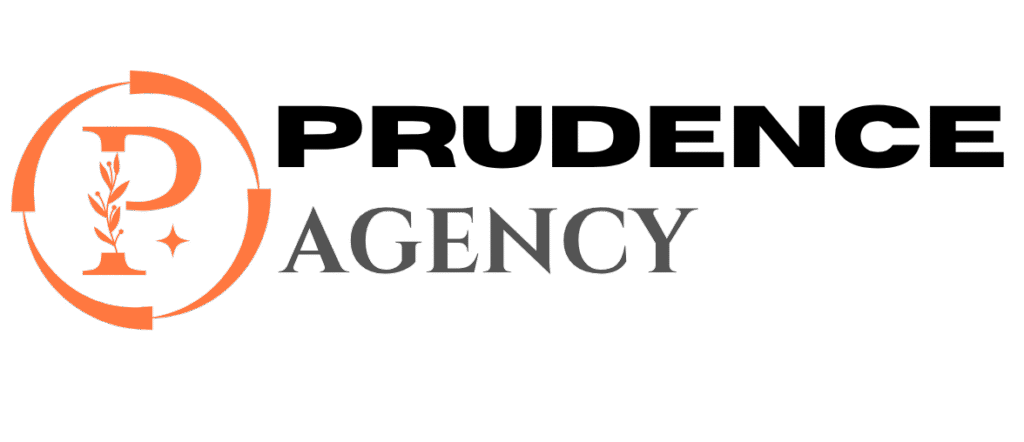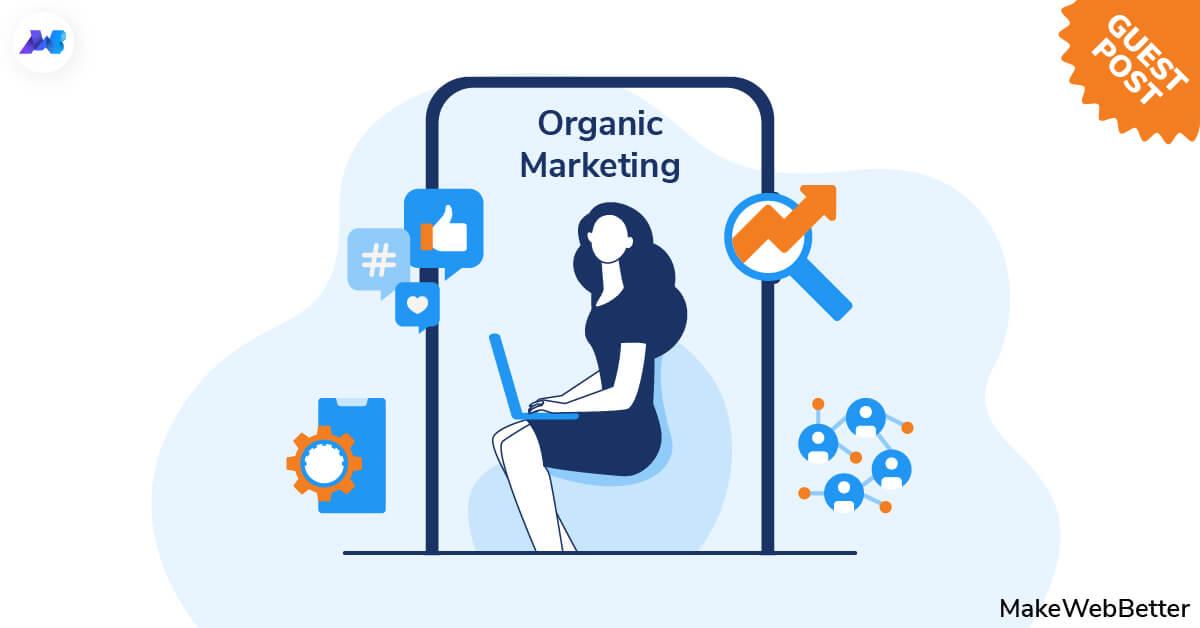The Difference Between Organic and Paid Marketing: A Complete Guide
In today’s highly competitive digital world, understanding different marketing strategies is crucial for businesses aiming to maximize their online presence and drive growth. Among the most popular and effective methods are organic marketing and paid marketing. Both serve unique purposes and offer distinct advantages, but they operate through different mechanisms that can influence your marketing results. In this comprehensive guide, we’ll explore the key differences between organic and paid marketing, their benefits, practical tips, and how to leverage both for success in your digital marketing plan.
What is Organic Marketing?
Organic marketing refers to the process of attracting visitors, building brand awareness, and generating leads naturally without paying for direct advertisement placement. This strategy largely revolves around content marketing, search engine optimization (SEO), social media engagement, and other inbound marketing tactics.
Common Organic Marketing Methods
- Search Engine Optimization (SEO)
- Blogging and Content Marketing
- Social Media Marketing (organic posts & engagement)
- Email Marketing (with permission-based lists)
- Community Building and Influencer Partnerships
Benefits of Organic Marketing
- Cost-Effectiveness: Generally lower cost as there are no direct advertising fees.
- Sustainable Growth: Builds long-term online authority and steady stream of visitors.
- Trust and Credibility: Valuable content and authentic engagement increase brand loyalty.
- Improved SEO: Quality content enhances search engine rankings boosting visibility.
What is Paid Marketing?
Paid marketing, also known as paid advertising, involves using paid channels to promote products, services, or content to a targeted audience. This includes pay-per-click (PPC) ads, display ads, social media ads, influencer sponsorships, and other paid promotional strategies.
Popular Paid Marketing Channels
- Google Ads (Search and Display Network)
- Facebook, Instagram, LinkedIn Paid Ads
- Sponsored Content and Influencer Marketing
- Video Advertising (YouTube Ads, TikTok Ads)
- Retargeting and Remarketing Campaigns
Benefits of Paid Marketing
- Faster Results: Immediate traffic and conversions once campaigns launch.
- Highly Targeted: Precision targeting based on demographics, behavior, location, and interests.
- Scalability: Easily adjustable budgets to scale up or down as needed.
- Measurable ROI: Tracking metrics is straightforward, allowing data-driven decisions.
Key Differences Between Organic and Paid Marketing
| Aspect | Organic Marketing | Paid Marketing |
|---|---|---|
| Cost | Lower costs, mainly time and effort | Requires budget allocation for ads and campaigns |
| Time to Results | Long-term, builds gradually over months | Immediate traffic and visibility |
| Traffic Type | Earned traffic through value and engagement | Paid traffic from targeted ads |
| Trust & Credibility | Higher trust due to authentic content | May be perceived as less trustworthy if overused |
| Control & Flexibility | Limited direct control over reach and timing | Complete control over targeting and message timing |
| Measurability | Difficult to attribute all results clearly | Detailed analytics and ROI tracking available |
How to Choose Between Organic and Paid Marketing?
Choosing the right approach depends on your business goals, budget, industry, and timeframe. Here are some considerations to help you decide:
- If you want sustained, long-term growth: Focus on organic marketing to build trust and consistent traffic.
- If you need quick wins or immediate traffic: Invest in paid marketing campaigns.
- For new businesses with limited brand recognition: Combine both strategies to maximize visibility.
- When you have a limited budget: Prioritize organic marketing but consider small, targeted paid campaigns.
Practical Tips for Integrating Organic and Paid Marketing
Modern digital marketing strategies often combine organic and paid tactics to create a powerful synergy.
- Leverage SEO insights to enhance paid ad targeting. Use organic keyword research to inform your PPC campaigns for better ROI.
- Promote high-performing organic content via paid ads. Amplify content that resonates well to boost reach quickly.
- Retarget website visitors who came through organic channels with paid ads. This can increase conversions efficiently.
- Regularly analyze data from both channels to optimize your marketing funnel.
Case Study: Combining Organic and Paid Marketing for Success
A mid-sized e-commerce company focused on eco-friendly products wanted to boost its brand awareness and sales during a product launch period.
They began by:
- Publishing well-researched blogs optimized for SEO around eco-friendly living and product benefits (organic marketing).
- Launching targeted Google Ads and Facebook Ads focused on audiences interested in sustainability (paid marketing).
Within 3 months, organic traffic to their website increased by 40%, and paid ads accounted for a 25% growth in direct sales. The company used retargeting ads on visitors who read organic blog posts, improving conversion rates by 15%, demonstrating how combining both strategies can create compounding effects.
Conclusion
Understanding the difference between organic and paid marketing is essential for any marketer or business owner navigating the digital landscape. While organic marketing builds long-term value through authentic engagement and SEO, paid marketing delivers immediate results through targeted ads and precise control. The most effective approach often involves a balanced combination of both, tailored to your business goals and resources.
By leveraging the strengths of both strategies, you can drive sustainable traffic, increase conversions, and ultimately grow your brand’s online presence more efficiently.











